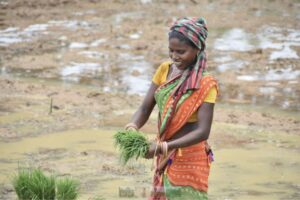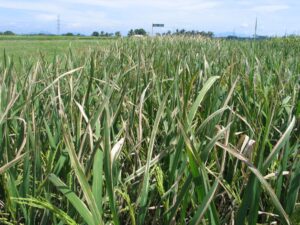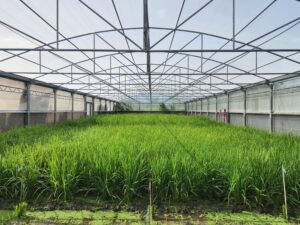
It certainly looks like climate change at work. The deluge inundated areas that had not flooded in decades, including many parts of Los Baños and Bay towns in Laguna Province (shown in these photos). Many residents of these towns, along the coast of Laguna de Bay and adjacent to the International Rice Research Institute, were forced to leave their submerged homes temporarily and wait out the flood in makeshift shelters, using fishing boats and improvised rafts for transportation. Typhoon Ketsana (Philippine name: Ondoy) could not have come at a worse time. On 26 September 2009, Ketsana dumped a record rainfall—1 month’s rain in just 6 hours—on Luzon Island in the Philippines, which caused reservoirs, lakes, and waterways to overflow. Rice fields, which would have been harvested in a few more days, were submerged—also drowning farmers’ hopes of income for the season.
Five days later, the local social welfare office recorded at least 7,400 affected families in the two towns, where, as in many other areas, floodwaters had not yet substantially subsided. This is but a glimpse of the calamity in 25 Philippine provinces on the island that has affected more than 500,000 families.









